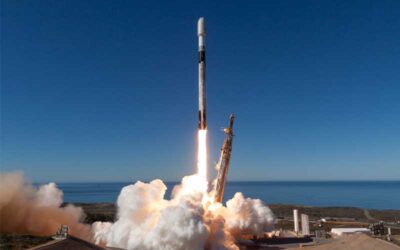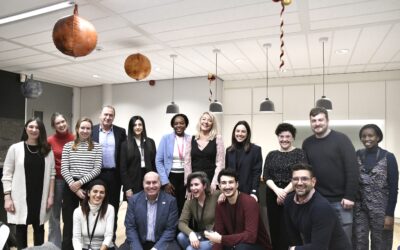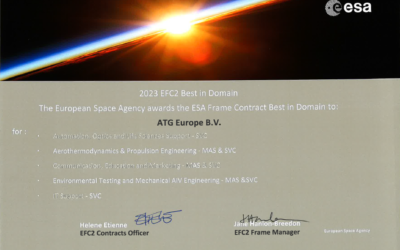ATG Talk by Paolo Ferri and the Rosetta Mission with ESA
After a heart-warming introduction from Gian Carlo Coletta and an overview of Paolo’s professional trajectory at ESA, Paolo kicked things off by giving us a brief rundown of the Rosetta mission and the significance of chasing comets and everything which was accomplished throughout the mission. After going through the missions and research into comets that came before Rosetta, Paolo told us about how the Rosetta mission was conceived in the 1980s. The initial idea of a rendezvous with a comet developed to include a landing, and was finally set to launch in January 2003.
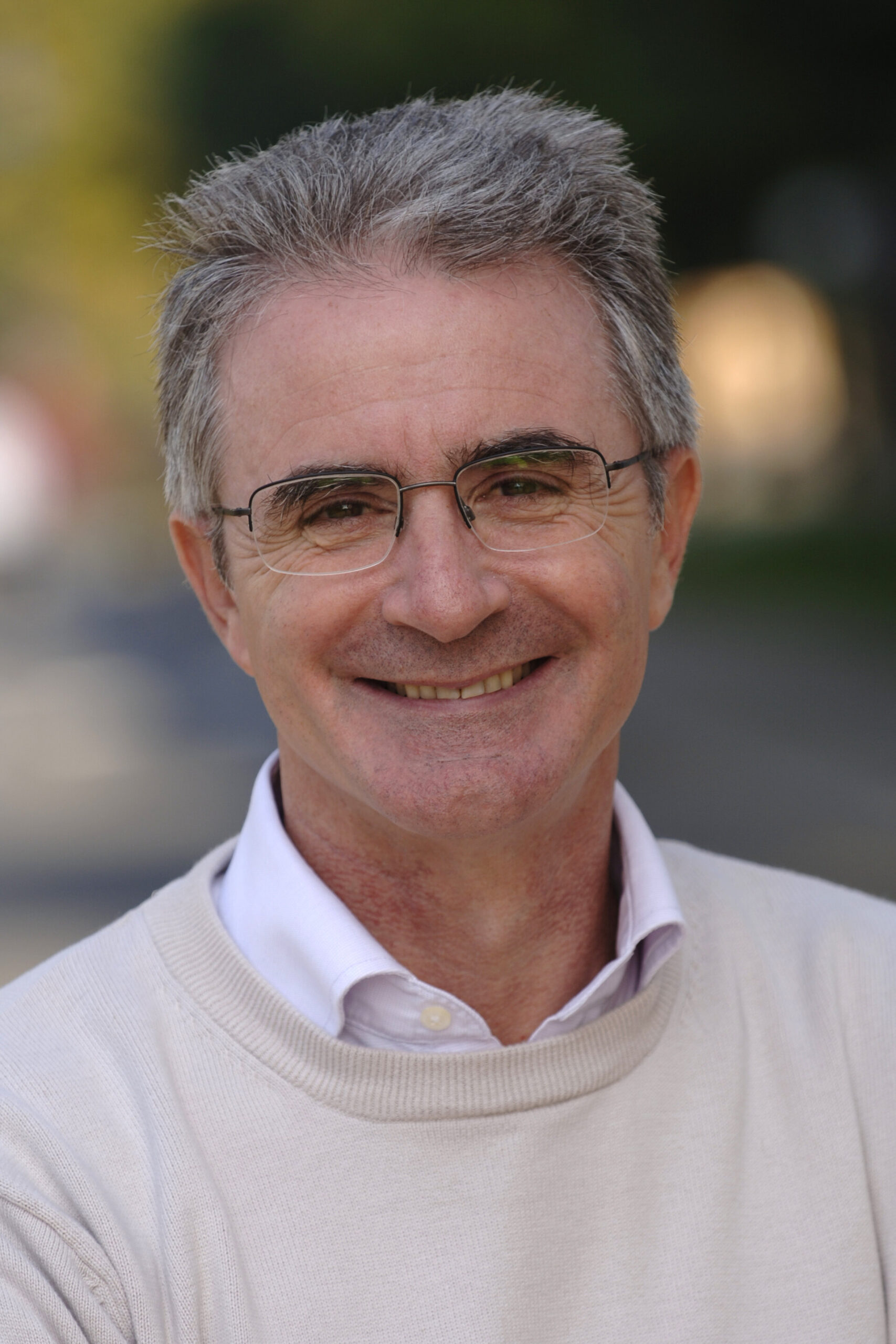
Paolo FERRI
Former Head of Mission Operations at ESA
Paolo then ran us through the initial stages of the mission, where they made a recount of the various areas of expertise they would need to complete the mission. Between ESA and NASA/JPL, they counted with a few talented and experienced specialists, but due to the mission’s innovative and ground-breaking nature, there were certain areas – such as experience in comet rendezvous, hibernation, or optical navigation – for which they needed to pioneer totally new fields, developing new tools and techniques from zero. Challenging management’s recommendation to hire the most experienced and senior experts, Paolo decided to bet on new, young talent instead, hoping that this new generation of engineers and scientists would replace the mission leaders fifteen years forward. Putting an emphasis on diversity, motivation, and flexibility, Paolo nurtured these young talents, who eventually went on to lead the mission in its later stages. Later in the presentation, Paolo showed a photo of the full team when the mission launched and mentioned proudly that most of those young talents have gone on to important leadership positions at ESA.
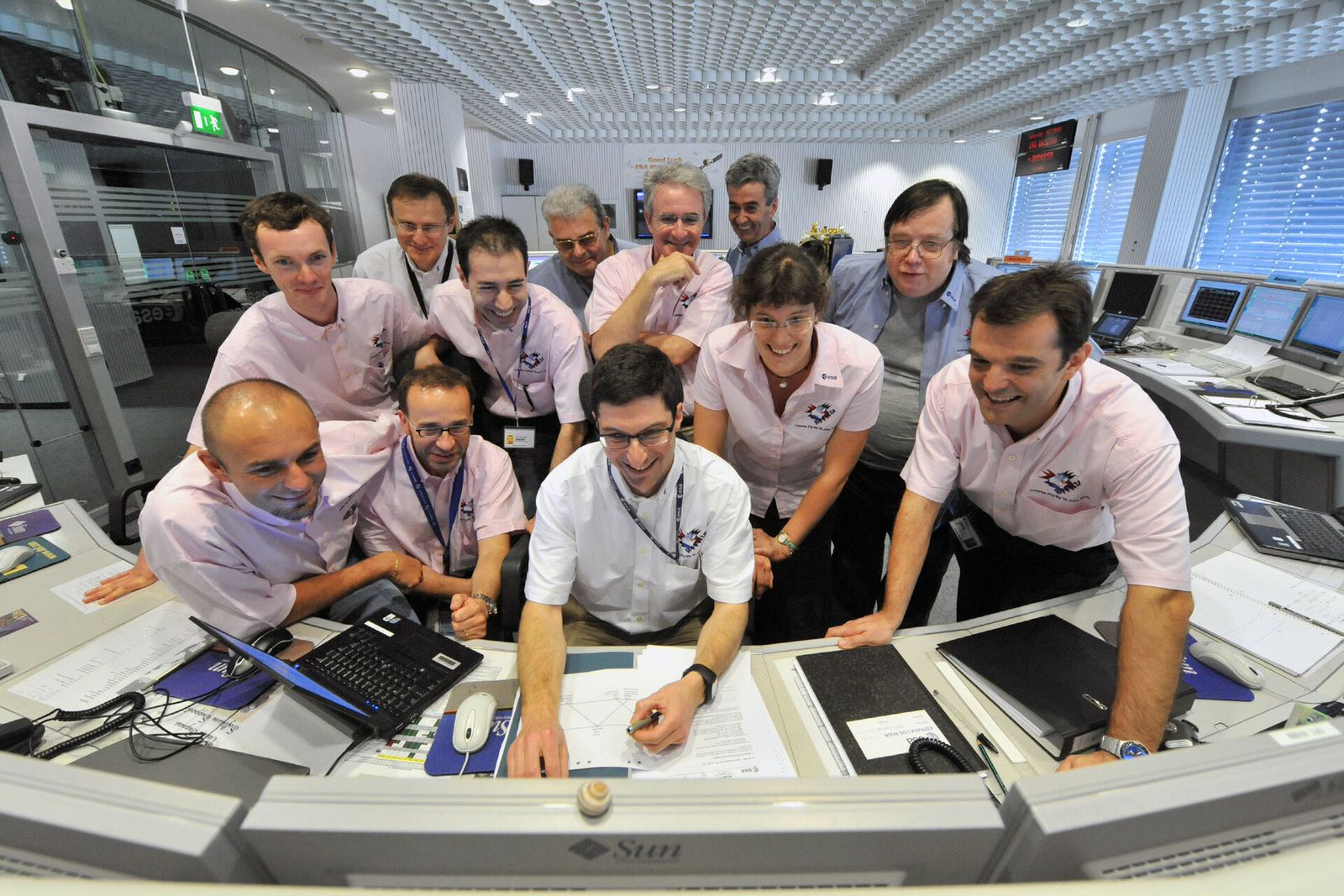
Rosetta flight control team seen in the mission’s Dedicated Control Room during the flyby of asteroid Lutetia, 10 July 2010.
CREDIT – ESA/J. Mai – CC BY-SA IGO 3.0
Innovation and leadership were the backbone of the Rosetta mission. The development of infrastructure and new tools was essential for a decade-long mission, and this was paired with a strong emphasis on adaptation from the team. Paolo told us about the knowledge management of the mission, and emphasized on the fact that, more than the correct collection and preservation of industry and payload documents, videos, and photo surveys, it was the successful flow of information within the team, and keeping everyone motivated to continue contributing to the project through the years, that truly made the knowledge preservation possible.
Paolo went on to discuss the challenges the team encountered during the mission, the most notable one being the Ariane 5 launcher explosion in 2002. Rosetta was only five weeks away from being launched on the next launcher, but this tragic accident changed everything. Timing for the mission was everything, and when ESA cancelled the mission the appointment with the original comet Wirtanen was not achievable anymore. So the team had to find a new comet with a similar size, and a new trajectory to reach it that would not violate thedistance limits from the Sun and Earth. It was like finding a needle in a space haystack. Against all odds, of the eight selected candidates, the very last one left, 67P/Churyomov-Gerasimenko, was finally found suitable and declared as the new target. This allowed the mission to launch in 2004 with an expected comet rendezvous 10 years later.
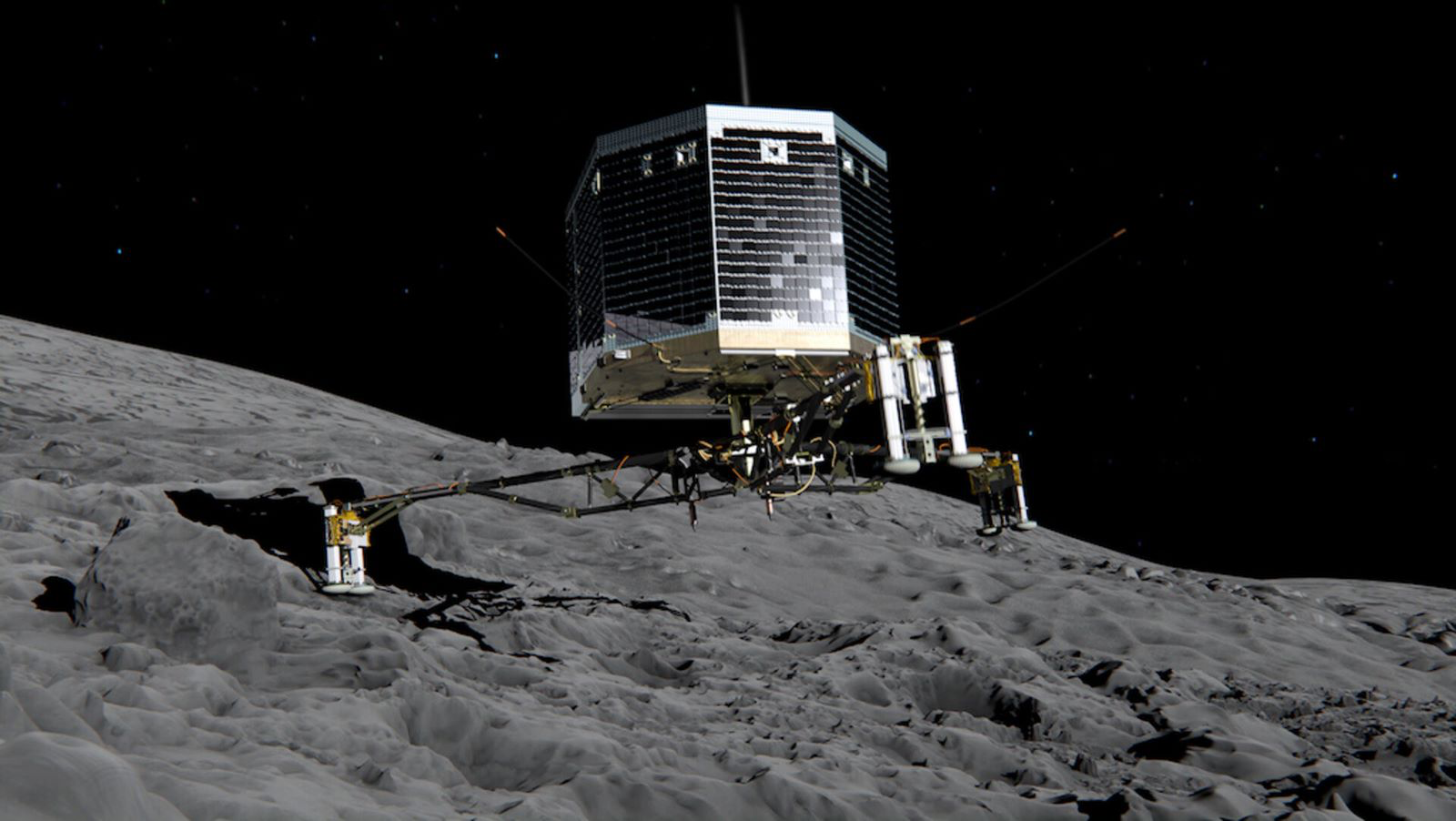
Image credit – ESA
We got to see an animation showing the trajectory of the mission around the sun, taking advantage of gravitational kicks to gain the necessary speed to catch up with the comet in time. The spacecraft had to go into hibernation for two and a half years due to the distance it had to travel far away from the Sun, too far for its solar arrays to produce enough electrical power to keep it active. Ten years and a long, long journey later, the mission could finally start, and everyone was ready for the long-awaited rendezvous.
After explaining the mission’s phases and trajectory, Paolo returned to the heart of the Rosetta mission: its people. He explained the importance of managing staff knowledge and career turnover. There was a constant flux of aspects to consider, cross-training, and HR management with flexible margins. The focus, according to Paolo, was on keeping the interest alive over the many years as the team was preparing for the final stages of the mission. Members were given proficiency training and new tools were constantly developed. Risk management was continuously reviewed, as adapting the risk register and the mitigation measures to the spacecraft failures or ground systems ageing. New measures had to be introduced to keep control of a decade-long mission. Innovation and constant vigilance on emerging tools was the key to success, and in turn, the mission’s need for innovation also led to some additional upgrades, like the virtualisation of the mission control system and the development of new widespread tools.
Paolo shared with us some snapshots of the intense and emotional “wake up!” moment after the two and a half years of hibernation. These images went around the world and made it onto every international media platform, putting ESA in the spotlight in a way it had never been before. Finally he walked us through the complications of navigating the spacecraft around the comet’s nucleus and delivering the Philae landing module onto it.
Paolo ended the talk with some final thoughts on the role innovation played in the Rosetta mission, and on how important it is for missions to adapt to change in order to stand the test of time.
At ATG Europe, our will to innovate also comes from understanding how to convey our passion and how to make our highly technical practices a vital part of our daily lives. It is only by communicating, educating and starting a conversation that we identify the disparities that lie out there, so that we can truly contribute to the future of our industry, as well as driving innovation forward.

Rosetta’s mission control team at the European Space Operations Centre in Darmstadt, Germany, celebrating the “wake up” moment.
CREDITS – Juergen Mai/ESA
